The 2023 Fat Bear Week winner has been announced
The 2023 Fat Bear Week winner has been announced.
Every fall, the brown bears of Katmai National Park in Alaska gather at Brooks Falls to catch and eat the migrating sockeye salmon to their hearts content ahead of winter hibernation.
While the bears have long caught the eye of avid nature-watchers, since 2012 they've captured the hearts and imagination of the internet. A live camera, powered by Explore.org, stays up all day and night as the bears feast at one of the best fishing spots in the area — the largest, most successful ones dining on more than 30 salmon (more than 120 pounds) a day.
The bears' survival through winter hibernation depends on making sure they stock up their bodies' reserves until mid-October and the Brooks River affords them plentiful opportunities.
The bears' popularity has resulted in an annual voting contest where denizens of the internet can cast their digital ballot for their favorite contestant in what has been dubbed Fat Bear Week. Voting started on Oct. 5 at 9 a.m. PT and 128 Grazer has been crowned this years winner.
Grazer is literally a tough mama bear who has raised two successful litters of cubs. She first arrived at Brooks Falls as a young cub in 2005 and has since become “one of the best anglers at Brooks River,” according to NPS.
She also “often preemptively confronts and attacks much larger bears...in order to ensure her cubs are safe.” NPS notes that in the 2023 season, other bears remembered this about her and avoided her at the fishing spot.
“Grazer’s combination of skill and toughness makes her one of Brooks River’s most formidable, successful, and adaptable bears,” the site reads.
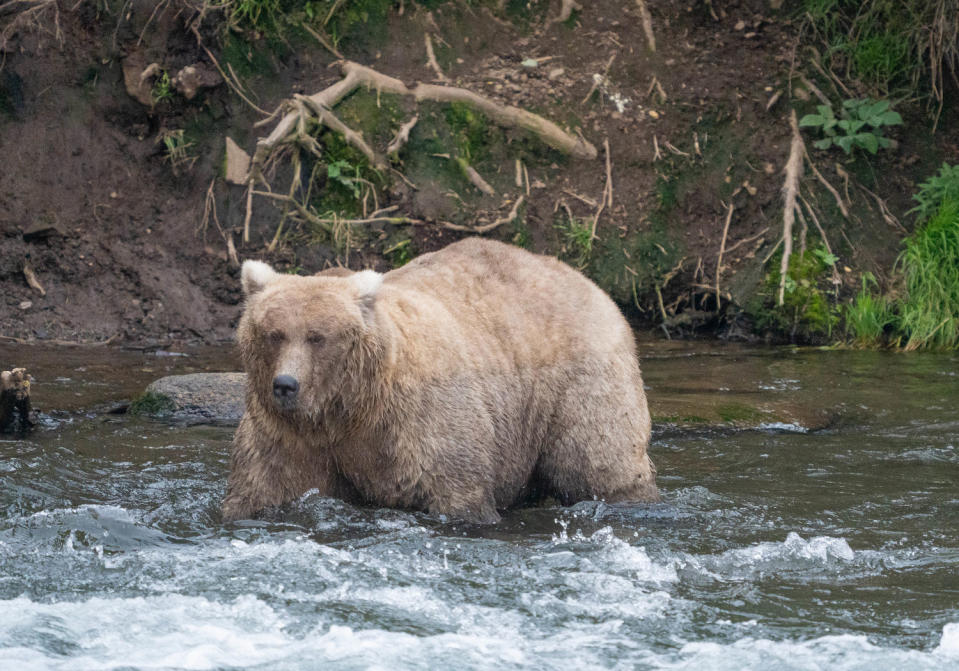
How big do the Katmai National Park brown bears get before hibernation?
The brown bears in Katmai National Park are some of the largest in the world. Adult males are typically between 700 and 900 pounds in mid-summer and the largest will typically grow to more than 1,200 pounds by the late summer and fall ahead of hibernation season.
What do brown bears eat?
Brown bears are omnivores, meaning they eat both plants and other animals. Typically, summer brings warmer months and sweet treats for the bears like berries.
In other, more populated regions with bear populations, the more available plant material in the early season, the less driven to interact with humans the bears will be.
Brown bears, unlike black bears, also have long, strong claws that they use to dig for food, pick fruits and catch prey.
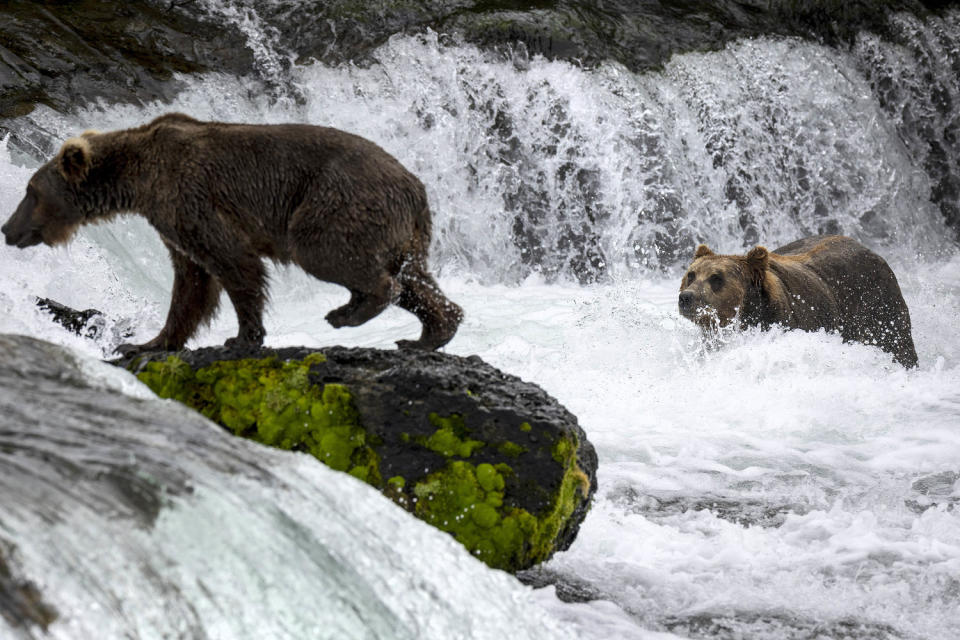
In the late summer and fall in Katmai National Park, the brown bears there will gather at Brooks Falls because it is where many migrating salmon pass through and an easy place to fish.
The National Parks Service website notes that brown bears are "very intelligent, curious, and skilled at finding food." When bears are fed by humans — or find their garbage in easily available trash bins, for example — they can become habitualized and start to associate people with food. That association puts the bears and humans at risk, with parks officials across the U.S. being forced to catch and release bears away from human populations.
"So please remember: No matter where you are, don’t feed the bears!" the NPS site reads.
Why do the bears fish at Katmai National Park's Brooks Falls?
The NPS website says that Brooks Falls is "one of the best places in the world to watch brown bears because it is one of the first streams in the region where energetic and pre-spawned salmon are available to bears."
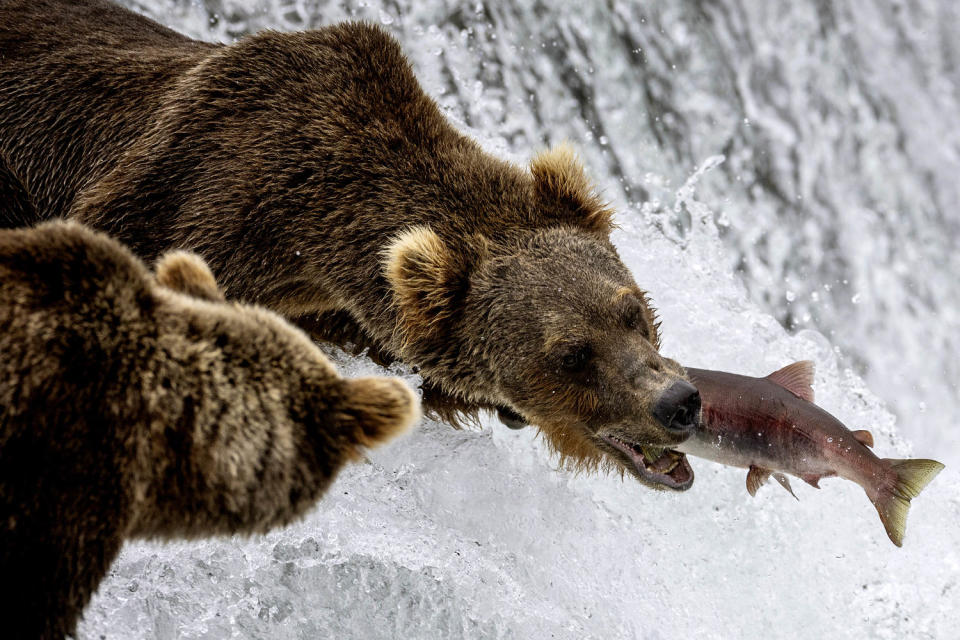
NPS says that typically in the summer months, most salmon are in large rivers or lakes that are difficult for bears to fish. But early in the salmon run, Brooks Falls "creates a temporary barrier to migrating salmon," making it easy for the bears to catch them there. Once the salmon migration ends, the bears' salmon feast does too and they move along.
Meet the other 10 Fat Bear Week contestants of 2023 below.
32 Chunk
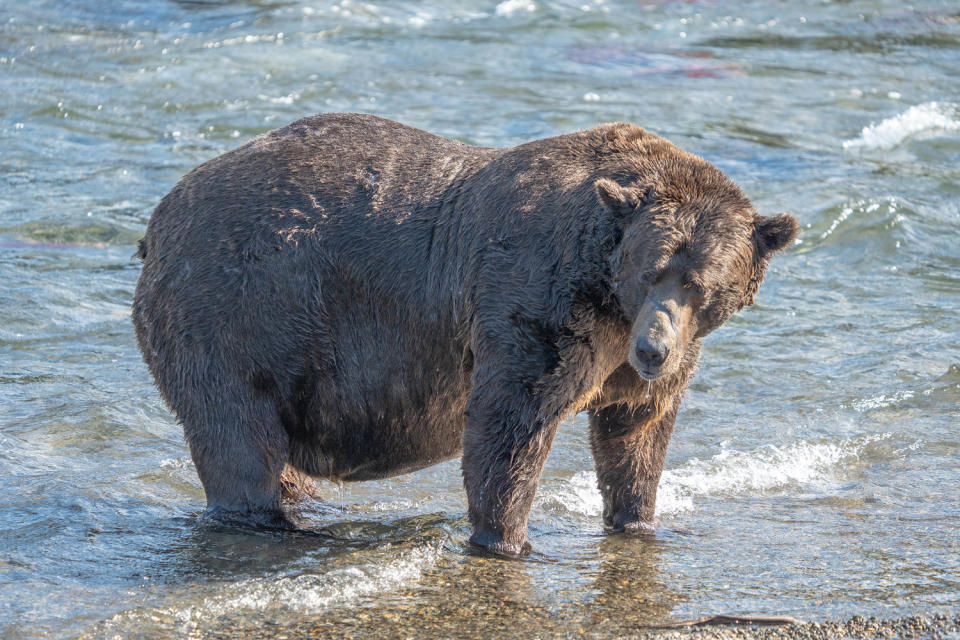
First arriving on the scene in 2007 as a 2.5-year-old, Chunk is described by NPS as "enigmatic."
Initially smaller, he sometimes played with other bears or waited "patiently" to scavenge leftover salmon but this year, he's come into his own and ranked "among the river's largest and most dominant males."
"Due to his size and strength, Chunk has gained the confidence and ability to take advantage of opportunities not available to most other bears," NPS said. "But it is only by observing his full range of behaviors that we can get a true sense of his individuality."
151 Walker
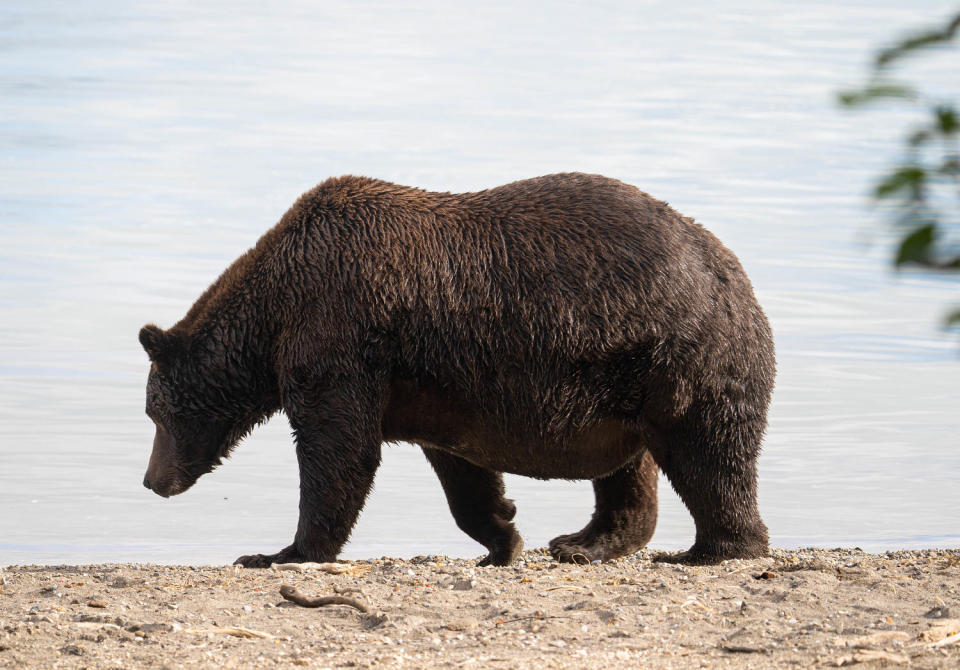
Walker was first identified in 2009. NPS says he's gotten increasingly grumpy as the years go on — our words, not theirs — and "shows much less tolerance for other bears" these days.
He's one of the biggest bears on the block and maintains his dominance by displacing other bears from their fishing spots. However, he does defer to Grazer and was frequently challenged this year by other bears.
"Walker’s experiences demonstrate that behavioral change and new challenges are facts of life for bears," the NPS site reads.
164 Bucky Dent
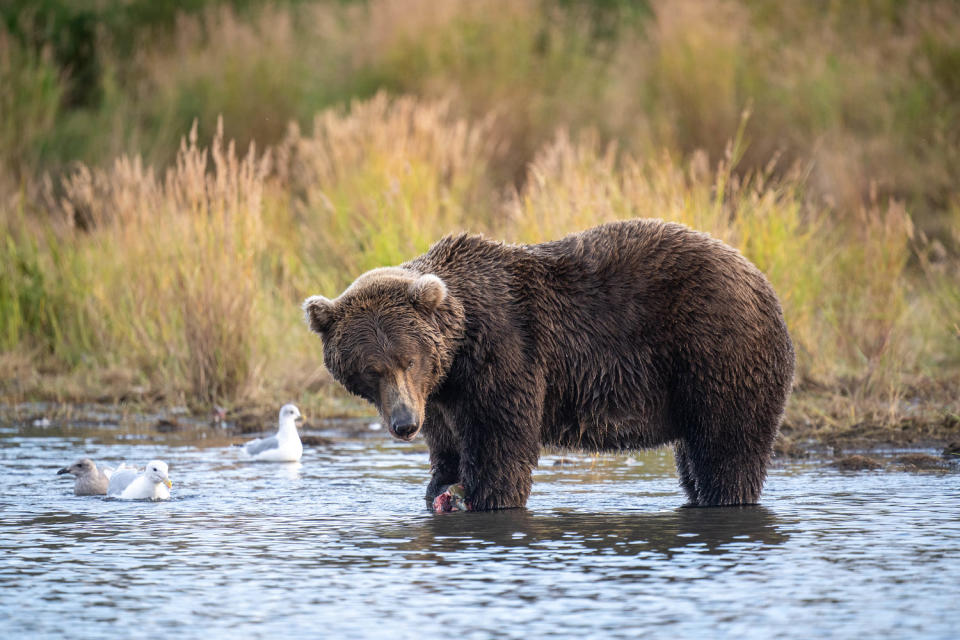
Bucky Dent invented his own fishing spot at the very base of Brooks Falls at the edge of the deepest plunge pool. He's able to catch salmon as they well up from the pool below. Evidently, no other bear in recent history has figured this out or tried this spot consistently so he's an innovator.
284 Electra
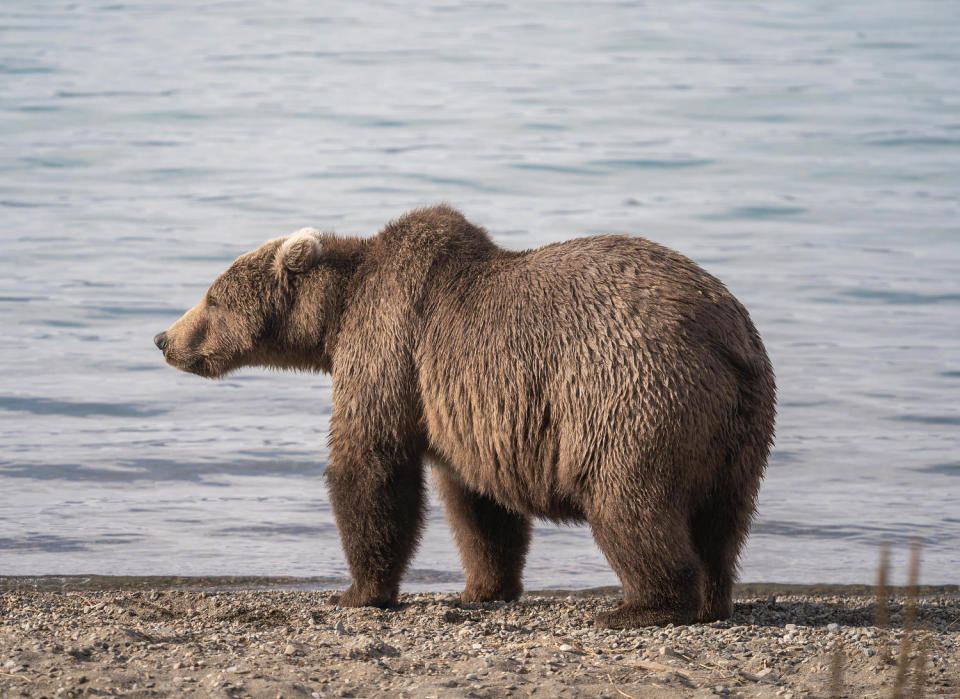
Electra is a female and she has been on the Brooks River scene since 2011. She's also the mom to Bear 901 — another Fat Bear Week contender — whom she birthed in 2016.
402
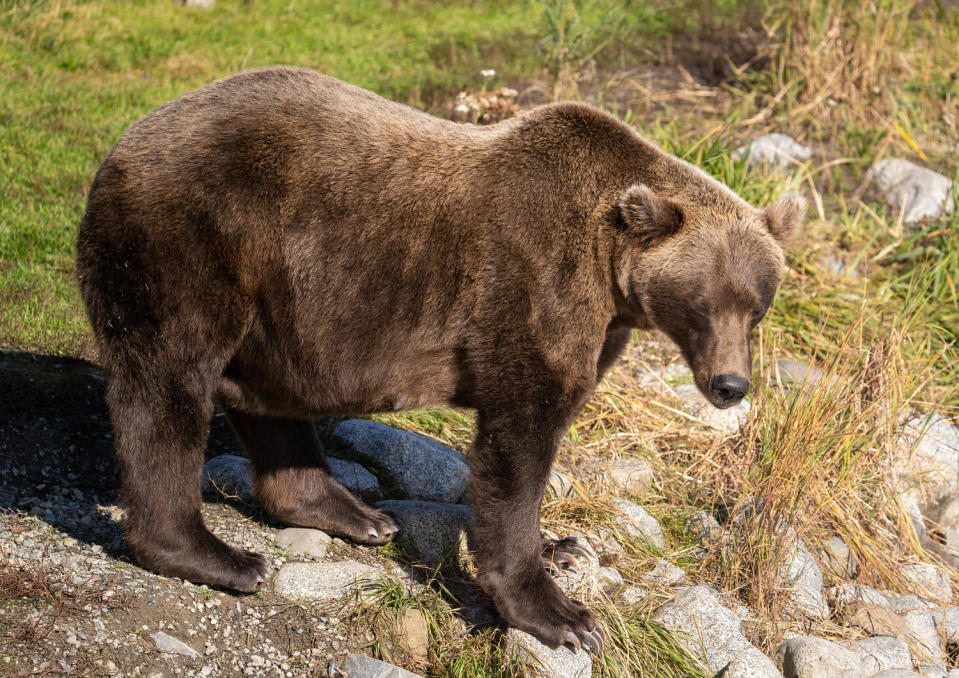
Bear 402 is also a literal mama bear. She's had at least eight litters, NPS reports, the most of any other bear currently at Brooks River.
Not all of her litters have survived though, and most recently one of her cubs vanished in 2022. This summer, she's continued to care for her surviving yearling.
Bear 428
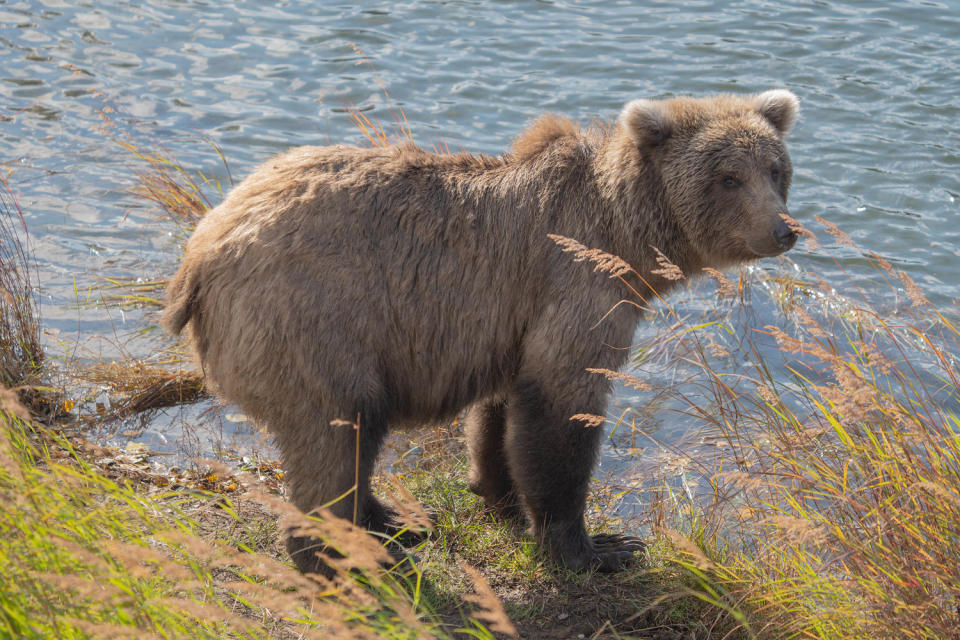
Bear 428, a female, is the offspring of Grazer. This is her first season at the river without her mom guiding her. That means her previously easy access to the best fishing spots were "no longer something she could count on."
Don't worry though, the NPS site still calls Bear 428 "pudgy."
435 Holly
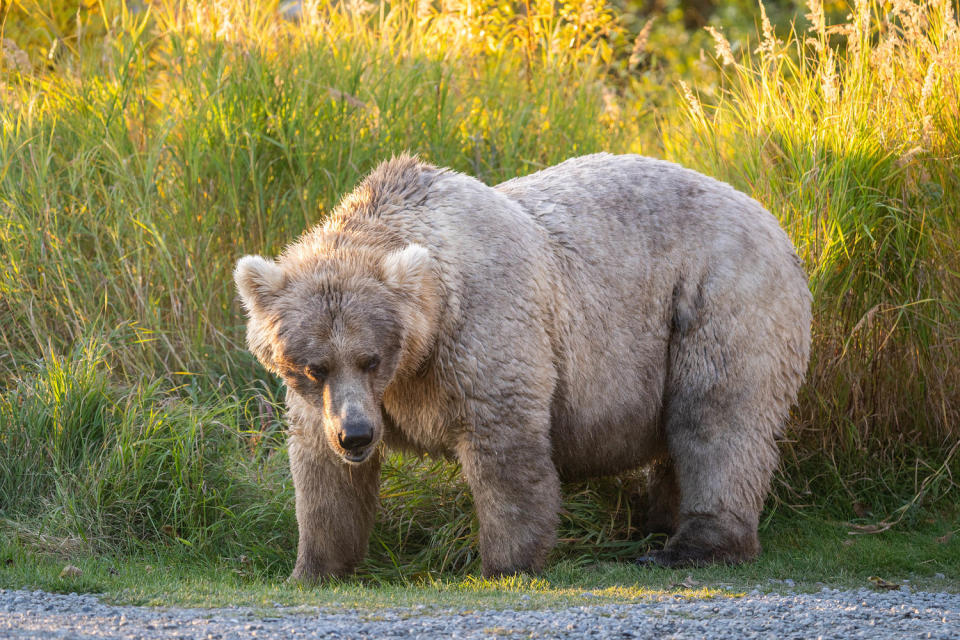
What to say about Holly? First of all, Holly is a previous Fat Bear Week winner, taking home the fan-voted crown in 2019. (Though, to be clear, the bears don't actually win anything).
Holly is considered a large adult female and NPS says she's lived a life of "hardship, surprises, and success."
She raised an injured yearling cub in 2007 — named 89 Backpack — and adopted a lone yearling cub into her family in 2014. Her 2020 spring cub, now named Bear 335, hurt his front paw by getting porcupine quills in it but he seemed to be fully healed by 2021.
Now a "bachelorette" this season — NPS' words, no joke — she has "the opportunity to concentrate on her own needs."
That said, Holly will need ample body fat to survive winter hibernation and could potentially give birth to a new litter of cubs come spring.
480 Otis
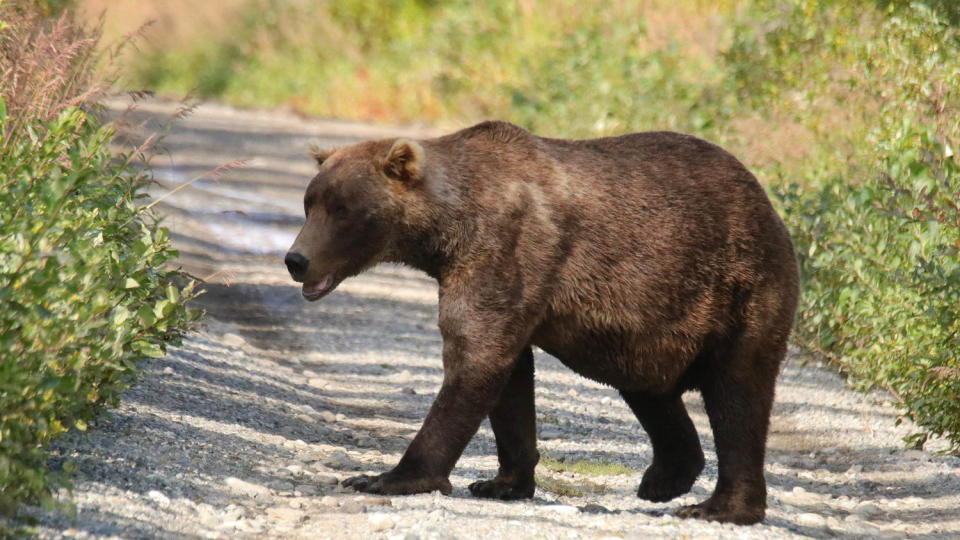
Otis has been one of *THE* perennial stars of Fat Bear Week over the years. He's won the title more than anyone — starting with the inaugural Fat Bear Week in 2014 and then three times since then.
This year though, the odds were against him. He showed up at Brooks Falls in late July "emaciated with hip and rib bones visible under his skin."
Otis is one of the "older male bears" at the fishing spot. Like many of us, as we age, he's struggling to keep up with the younger bears for the good fishing spots.
That said, NPS reports he's been "patient and persistent" — waiting for the salmon to come to him "like he always has" and seemed to be carrying "substantial body mass by the end of summer."
Bear 747
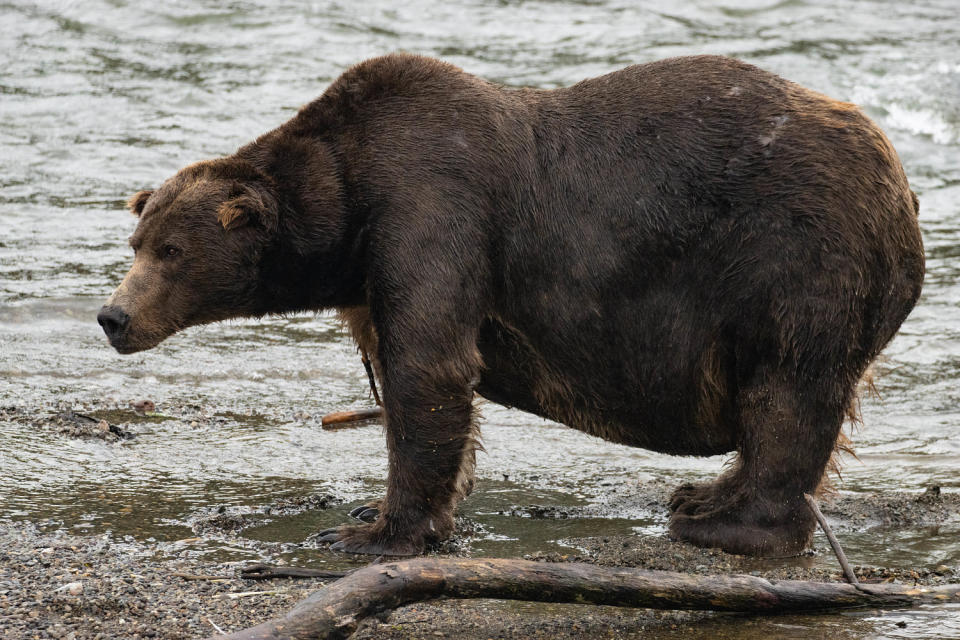
Sharing his name with a giant jet airplane, 747 is a "giant among bears," according to the NPS. He's been estimated to weigh 1,400 pounds in the past and has won Fat Bear Week twice, in 2020 and 2022.
Now over the age of 20, the NPS wonders if he's "feeling the effects of age" after not challenging some of the other larger bears for the best fishing spots this year.
Bear 901
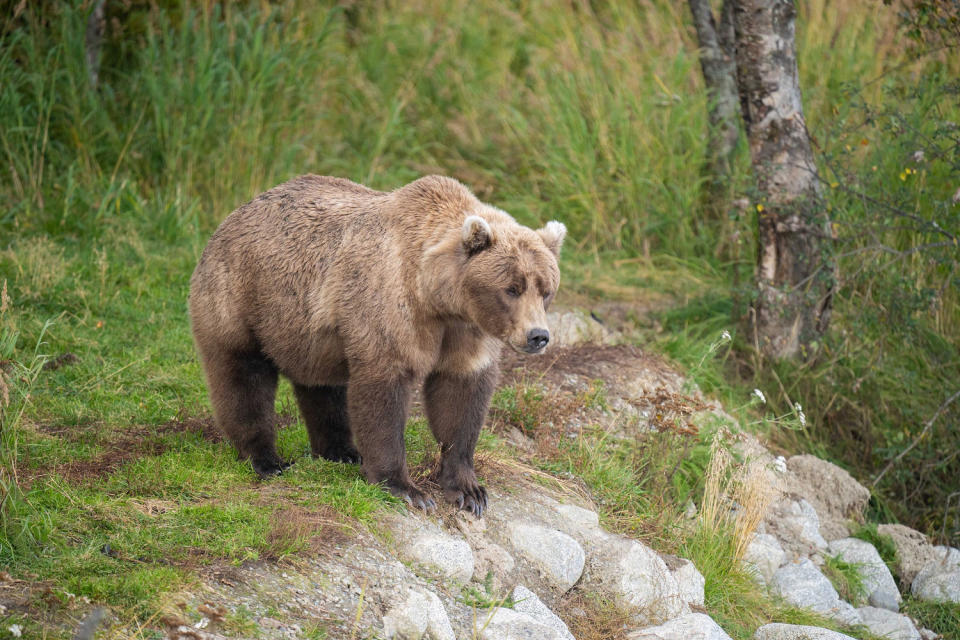
This bear just had her first round of cubs this year. She has carefully fished all season at the river mouth area instead of Brooks Falls, which should've afforded her cubs more safety. However, in mid-September, one of her cubs vanished while she was trying to get them a meal.
"Raising cubs is difficult for mother bears, and first-time mothers are particularly challenged to provision the family with food while keeping them safe," the NPS site reads.
This article was originally published on TODAY.com

